Impact of 5G, Industry 5.0 and Digitalisation on the Manufacturing Sector
December 2, 2022 3:11 pm
Connectivity between intelligent automation, devices and systems is central to Industry 4.0, but Industry 5.0 has a more profound synergy between humans, machines and our environment.
Smart factories in the present times
In the present times, while looking at how factories are slowly becoming smarter, I find a couple of aspects transforming much faster than the others. For example, factories have started using industrial IoT to monitor and optimise their energy consumption. They have also begun monitoring their machines to incorporate better efficiencies towards higher utilisation, production, and preventive maintenance. All this digitalisation is being supported by the openness of more and more corporates to adopt cloud technologies wherever possible.
Factories have started exploring using Robotics to automate repetitive tasks with the aim of higher production and lesser defects. The use of cobots is also becoming more prevalent. Although I am still to see more use of augmented and virtual reality in real-life industrial scenarios except for safety and training purposes in a few cases. Cybersecurity is becoming one of the key focus areas for the manufacturing sector.
Similarly, though I seldom see cases of additive manufacturing, leadership teams are becoming more curious about what AI and machine learning can do to improve their business and operations.
Industry 5.0 in the context of human and machine collaboration for future manufacturing
Industry 5.0 will build on a sound foundation laid by Industry 4.0 technologies. Although Industry 4.0 has focussed on using data for higher business efficiencies and new business models, Industry 5.0 focuses on the manufacturing industry beyond profit and efficiencies.
Industry 5.0 looks to create a more sustainable business which contributes towards humans beyond jobs and roles. It prioritises worker well- being while respecting our planet towards its production limits. Connectivity between smart automation, devices and systems is central to Industry 4.0, but Industry 5.0 has a more profound synergy between humans, machines and our environment. It also focuses on waste reduction.
Although Industry 4.0 has paved the way for the use of automation like robotics with higher speed, consistency and precision, Industry 5.0 focuses on more collaboration between robots and humans, harnessing their creativity and the benefits of robotics.

Digitisation and robotics for efficient manufacturing and productivity enhancement
Digitisation has made all factory functions more aware of the existing inefficiencies that were previously hidden. Now all functions can see all data simultaneously and collaborate better to make faster and more meaningful decisions. Better business clarity is made available through data; businesses can take progressive steps towards higher machine, workforce, raw material and process productivity.
Similarly, robotics enhances productivity through a higher speed of operation, better precision and consistency. Instead of focussing on repetitive tasks and creating product defects due to error and fatigue, humans can now upgrade their skill levels and use their innate creativity for higher job fulfilment and better products.
5G technologies to attain efficiency and productivity
There are two levels at which 5G will make a difference to the manufacturing industry. Firstly, there would be much faster data transfer due to lower latency, higher bandwidth and a higher number of devices connecting to a single cell. This will mean higher data speeds to the tune of at least 100 times compared to 4G. LAN and mobile data networks will converge. This might also result in lower investment requirements in their own data communication infrastructure by corporates.
Secondly, higher levels of industrial automation will exist through wireless mesh networks within a factory. These networks would have much higher reliability due to coordinated multi-point and time-sensitive transmission. This will result in micro-second level synchronisation with a possibility of 99.9999 percent reliability. This benefit will be seen much later as private 5G coverage will increase and will become more prevalent in the industries.
Digital twins use to optimise production continuously
Digital twins are virtual representations of physical objects. In manufacturing, this can be applied to new products, equipment, and even shop floor layouts. Manufacturing businesses can leverage these to optimise product design and customise the production line for more efficient operation.
Digital Twins are used for the simulation and operational phases of a product or process lifecycle. They result in a digital representation that one can use to gain more knowledge and deeper visibility into one’s production. A Digital Twin automates the data pulling, cleaning, structuring, and transforming process, enabling the engineers to focus on problem-solving and improvisation.
Machine learning can be further applied to the data collected through this mechanism and can be used for continuous product improvement in both supervised and unsupervised manners.
Other trends visible besides smart factories and smart equipment
Some of the other trends which are visible in the manufacturing industry are:
• More acceptance towards remote working wherever possible
• Better collaboration between customers and suppliers
• Proactive focus on efficiency increase
• Eagerness to use predictive maintenance
• Exploration of using AI and machine learning
• Moving the workforce to higher skill levels
• Increased traceability of products across the supply chain.

Evaluating the integration of AI and machine learning in manufacturing
Some of the promising areas for the use of AI and machine learning are:
• Vision-based product defect inspection
• Predictive maintenance
• Optimising a product design for weight, shape, durability, cost, strength and aesthetic parameters etc
• Warehouse inventory control using object detection models instead of barcode detection, thus replacing manual scanning. Computer vision systems can detect shortages and overstock
• Demand forecasting for production in a factory
• Reducing process-driven losses, e.g. yield, waste, quality and throughput
• Increased capacity and production growth by optimising the production process
• Predicting the Remaining Useful Life of machines
• Improved Human-Robot collaboration improving employee safety conditions and boosting overall efficiency.
• Consumer-focused manufacturing – being able to respond quickly to changes in market demand.
• Cyber security – Machine learning can streamline how individual users access sensitive data, which applications they use, and how they connect to it. This can help companies protect their digital assets by detecting anomalies quickly and instantly, triggering corrective action.
If you decide to use AI for any of the above use cases, you can evaluate success based on the following parameters as simple ROI; increase in product quality; decrease in response time to the customer; better human-machine collaborative working conditions; better employee well- being; lesser wastages, and factory being more environmentally friendly.
Digital manufacturing software solutions from the viewpoint of collaborative manufacturing
There are specific processes where interaction or coordination is done across several functions daily, like maintenance, root cause investigation, product development, etc. These processes get to benefit more from collaboration enabled by digital platforms. Due to shared digital platforms, the following benefits are achieved:
• User functions can upload data/pictures/info on the platform with ease – removing any delays in the data capture process
• Increased transparency as a clear view of the end-to-end process is available for better planning
• Quicker decision-making as no back-and-forth movement of info between stakeholders and all data is available to all functions at the same time
• Improved access to experts who can collaborate on a particular problem
• More flexibility to take quicker decisions on the progress of problem resolution through a quicker change of teams etc.
• One can change priorities much more quickly and thereby save precious time and resources
• Real-time updates and reporting
• Better sharing of learning with the other users to avoid similar issues in the future.
Cookie Consent
We use cookies to personalize your experience. By continuing to visit this website you agree to our Terms & Conditions, Privacy Policy and Cookie Policy.



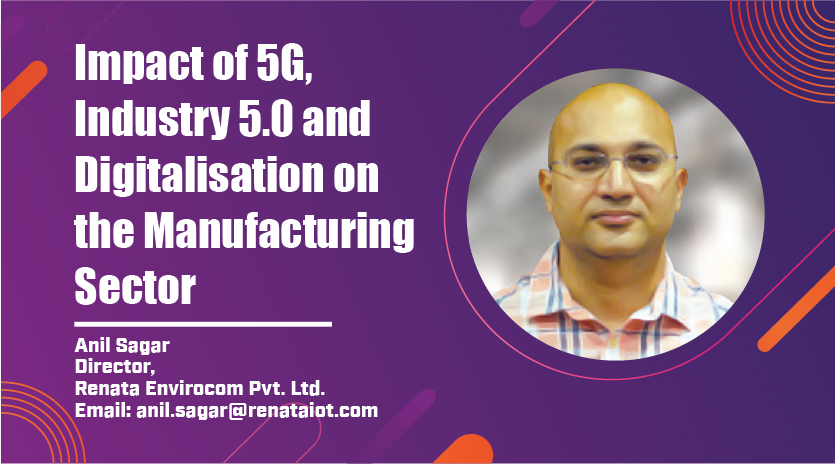


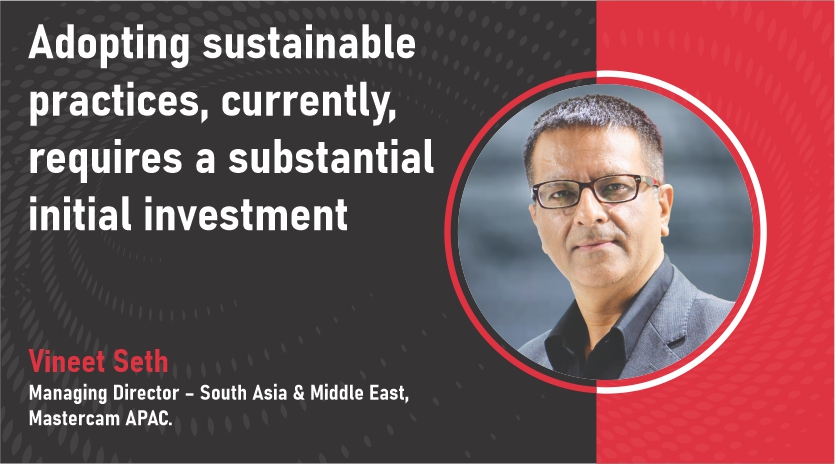
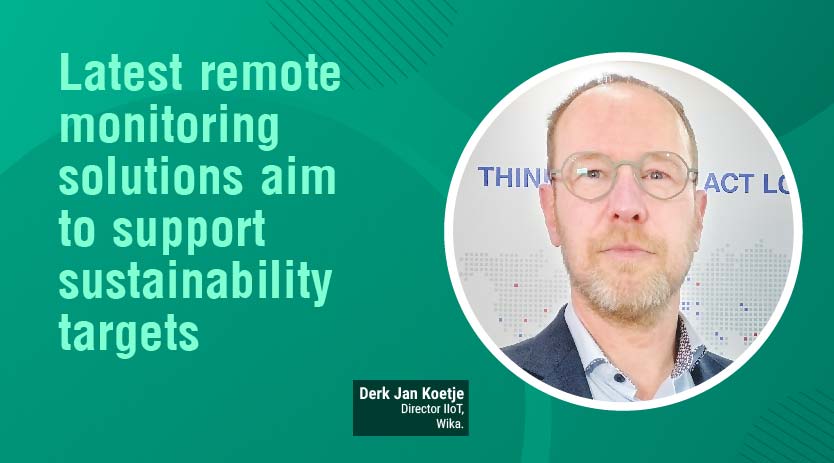


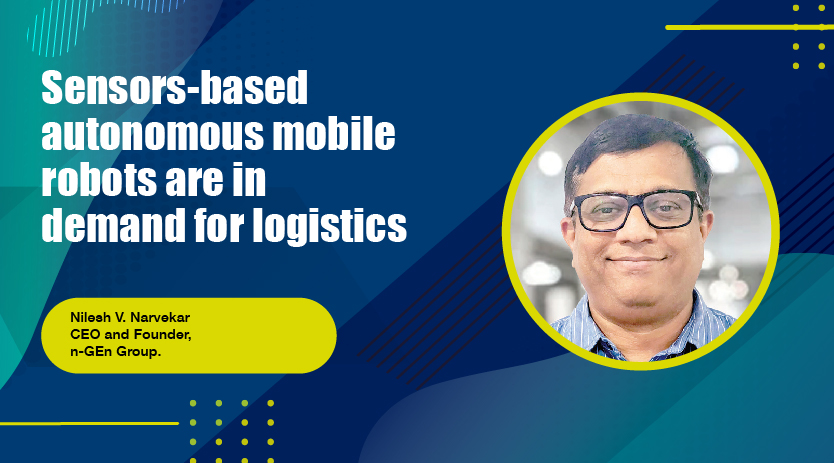
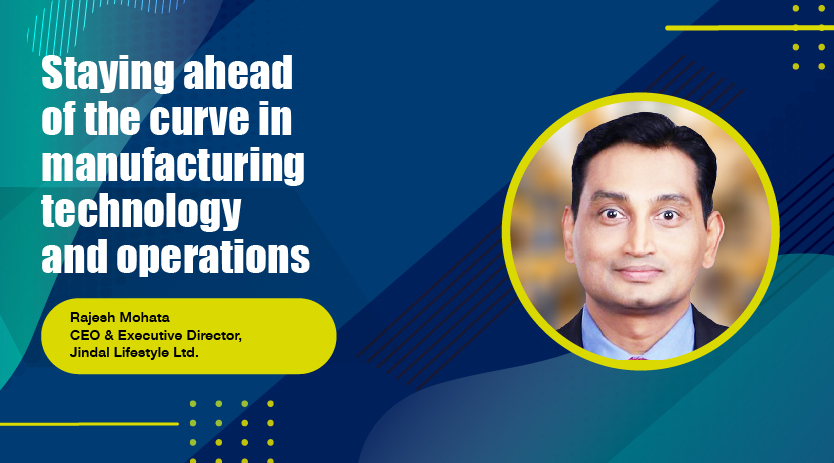
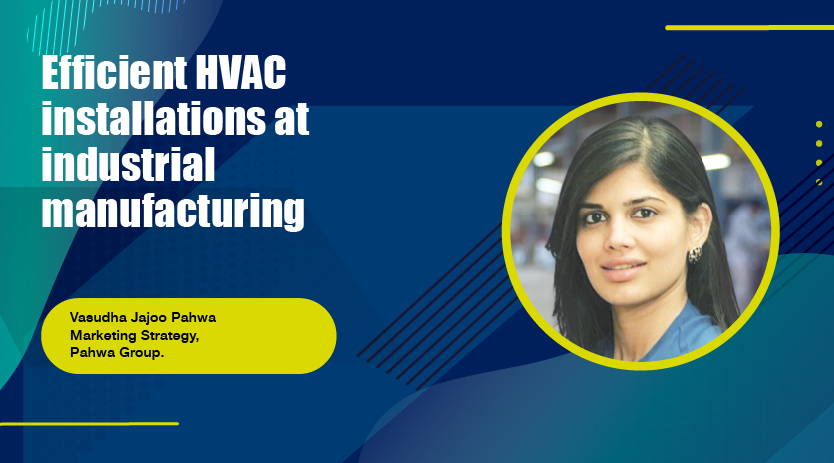






 English
English Hindi
Hindi